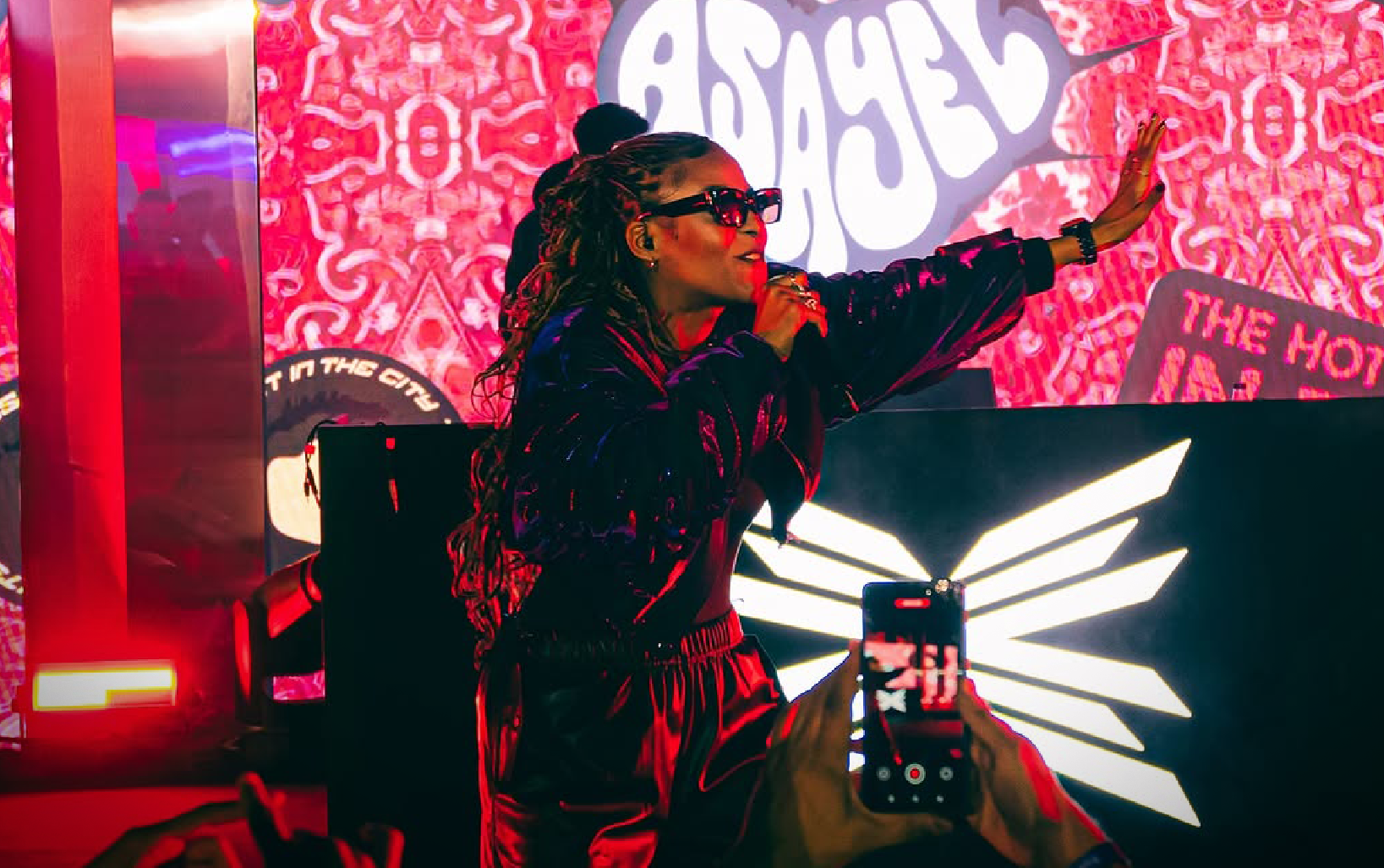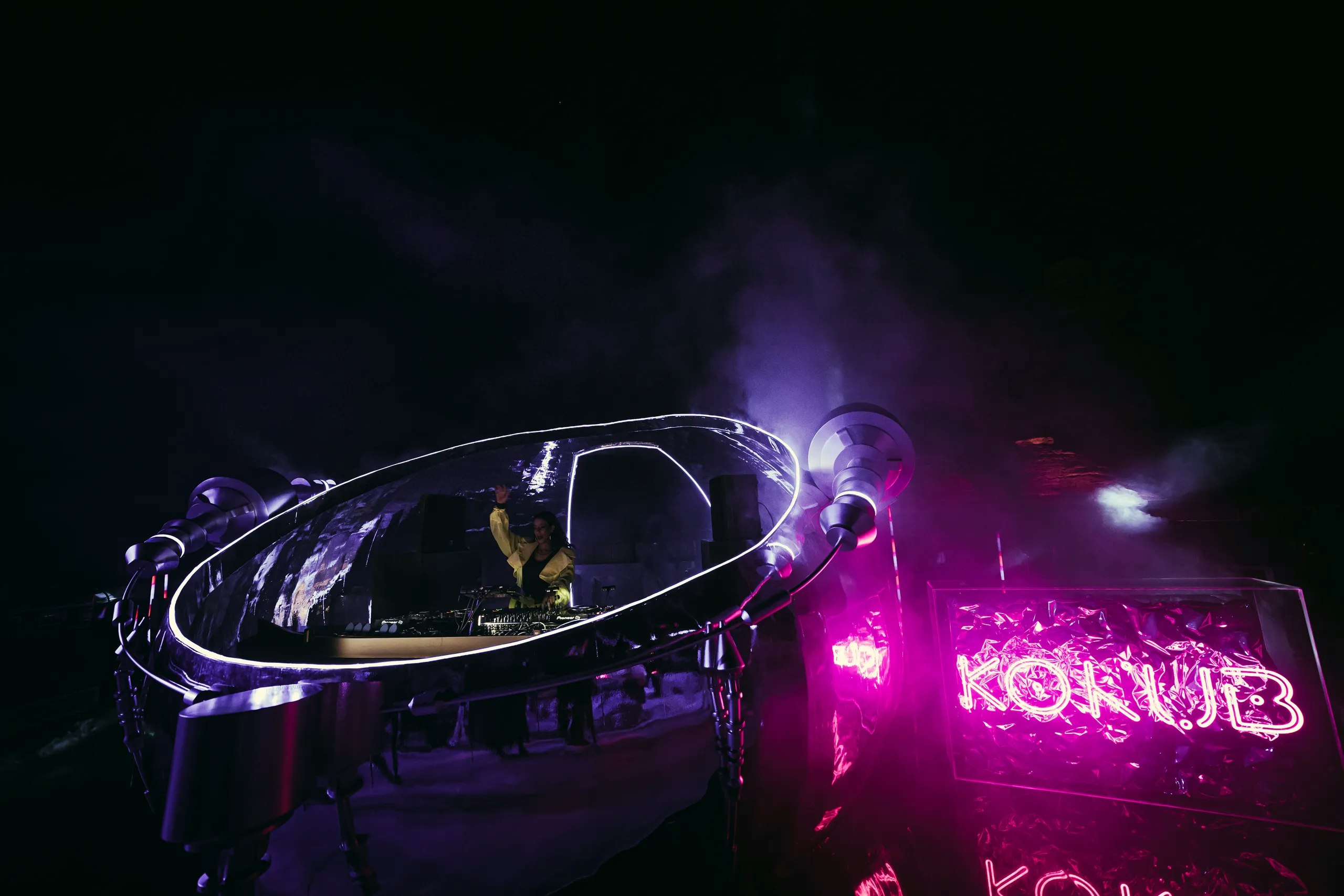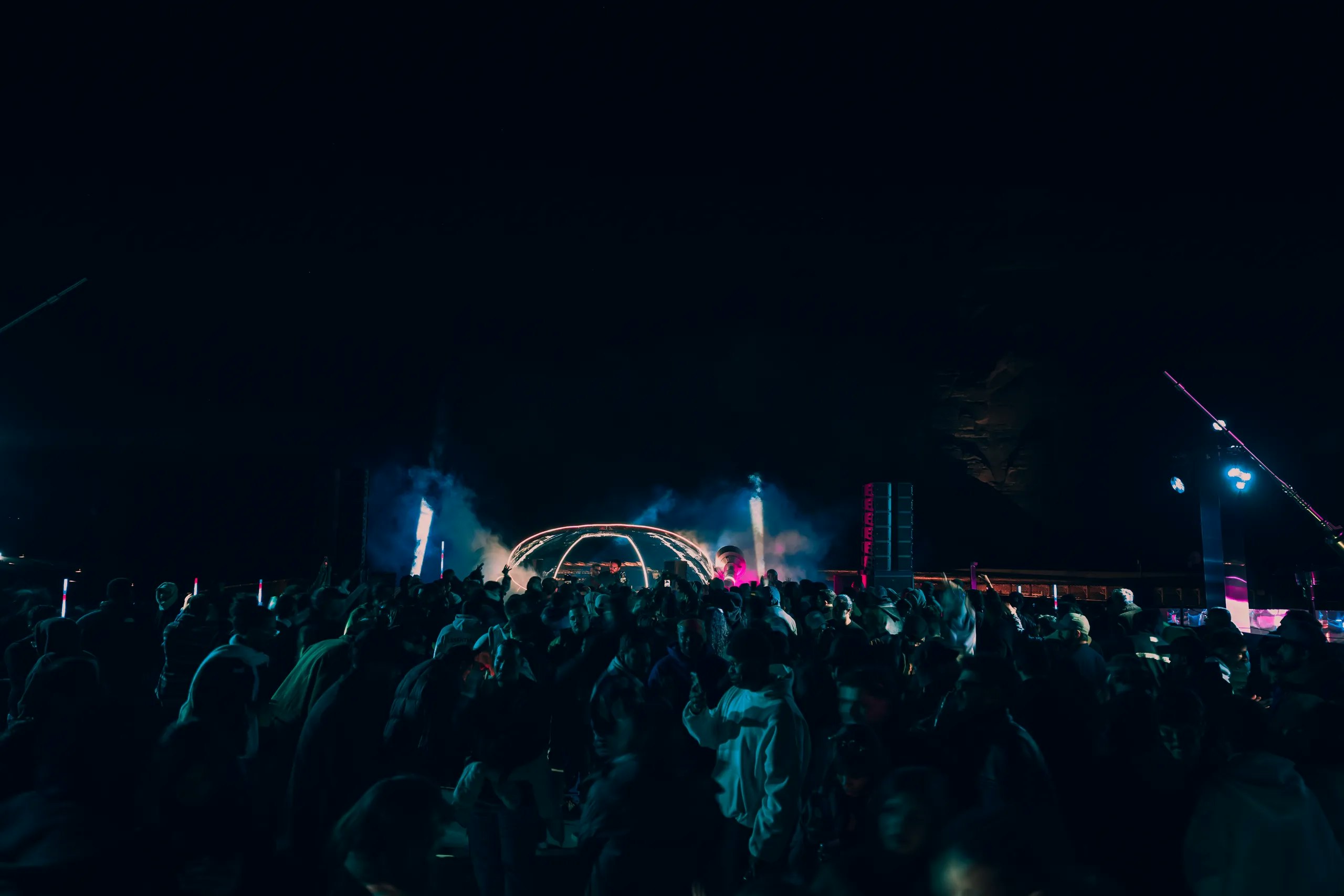

Why Artists Collaborate: The Creative Benefits of Working Together | MDLBEAST
By MDLBEAST
September 24 2025
Why Artists Collaborate: The Creative Benefits of Working Together | MDLBEAST
By MDLBEAST
September 24 2025
Why Artists Collaborate: The Creative Benefits of Working Together
Although art is a personal pursuit, much of history's greatest art has been made in collaboration. Artists come together to champion greater success, challenge boundaries, and motivate new perspectives across multiple formats. Art is not just the sound of music but dance, theater, fine arts, photography, film, and the visual and olfactory world all around us.
Today’s technology champions an accessibility of collaborative creation like never before; artists don't need to be in the same room, or country, to meet, greet, and collaborate. This article examines the history of collaborative creation in art, why it's needed, how it helps, and the extended effects on both the artist and the audience.
Why Is Collaboration Important in Art?
Fostering Innovation and Expanding Creative Horizons
Artists have their own unique styles and means of operating; they may teach each other but also draw from other influences. Thus, when artists collaborate, both teaching and learning from each other, they simultaneously broaden each other's experience while making possibilities that would not have existed otherwise.
Listen to "Get Lucky" and you have all the above. The collaboration of Daft Punk and Pharrell Williams merged the electronic production of Daft Punk, the soulful vocal component of Pharrell, and the guitar layering of Nile Rodgers to not only cross genres but also become a worldwide commercial hit. With all contributors possessing a conceptually directed approach, the final product was a sound that transformed what music should be in contemporary times.
Enhancing Creative Problem-Solving
Collaboration can be challenging, with different points of view, different sensitivities, different methods of creation, but working through such challenges poses an opportunity for the creator to learn new things and hone their skills. When more than one creator takes the time and effort to resolve an issue, the resolutions provided are those that one mind may never have even considered.
For instance, the greater music industry is made up of producers and songwriters who, to some extent, operate in collaboration themselves, changing songs so that melodies, lyrics, and beats cohere. These adjusted efforts lead to bigger and bigger successes.
The Importance of Creative Collaboration
Blending Skills and Strengths
All artists have specific skills, can envision something and bring it to life, create a narrative, etc. The process of collaboration takes skills and piles them onto one project with the possibility of deeper nuance. For example, films need directors and directors of photography and screenwriters to not only project a visual idea but also convey audio and narrative aspects at the same time. Each person does their part with a trained sensibility to their field, which is why so many credits on successful projects are needed. So many films and artworks would not be completed without these collaborative talents.
Expanding Professional Networks and Opportunities
Working with other artists gives you access to their audience and fans. When two creators are working together, they have the opportunity to access each other's followers and fandoms, meaning more exposure. This is even truer within the world of music, as collaborative efforts across genres often introduce the creator to an entirely new fan base.
Furthermore, partnerships with established artists can provide emerging creators with mentorship and visibility. Festivals and platforms such as MDLBEAST XP emphasize the importance of networking and collaboration in building successful creative careers.
How Can Collaboration Increase Creativity?
Encouraging Experimentation and Risk-Taking
It's difficult to challenge one's limits when one is solo as an artist. Yet when collaborative efforts exist, other minds are at play to soften and assist such exploratory ventures. Thus, new material that might have otherwise been cut is given a chance to experiment.
For example, when musicians collaborate across genres, such as electronic artists working with traditional instrumentalists, the results can be transformative. This fusion of styles challenges artistic norms and leads to the birth of new sounds and movements.
Providing Constructive Feedback and Growth
Creative collaboration fosters constant revisions and feedback for the endeavor. An additional set of eyes or ears may discover something that can be fixed, improved, or altered for a more successful outcome.
For instance, in a group rehearsal when it’s like everyone has their own choreography and steps, dancers provide each other corrections. This type of constructive criticism aids the growth of the art and a more successful project.
Increasing Cultural Exchange and Diversity in Art
A globalized world means more collaboration and more international artistic projects. The collaborative artist creates beyond cultural and artistic barriers, blending different cultures and traditions in their projects. A world with a more multicultural art scene learns to value all cultures and métiers in various ways.
Artistic Collaboration: A Path to Endless Possibilities
Art collaboration is revolutionary, a fusion of styles, a teaching tool, and a gateway to wider audiences.
The world is a constantly shifting masterpiece, and the secret is synergy. Whether it's a group of musicians warming up, a dance company stretching, an art classroom painting, or a movie set filming, they all possess the same collaborative spirit. Every time one more newcomer to the collaborative spirit of artistry is thrown into the mix, our larger-than-life masterpiece world becomes more colorful, malleable, and united.
Share this


